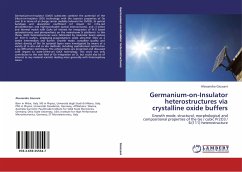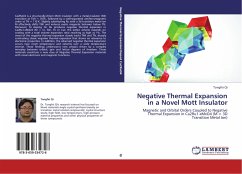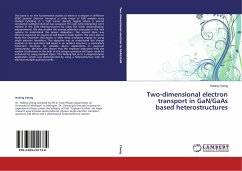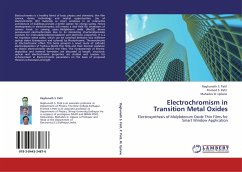The interplay between strong electron-electron interactions and disorder has been a long-standing question in condensed matter physics. The discovery of the metal-insulator transition (MIT) in two-dimensional (2D) electron systems challenged one of the most influential theories of the last century which stated that "there is no true metallic state in 2D". However, the scaling theory of localization did not account for interactions between electrons. This book provides recent thermodynamic and transport experimental findings which indicate that MIT in 2D can be considered as a quantum phase transition. In the ballistic regime, strong interactions between carriers lead to Pauli spin susceptibility growing critically at low electron densities. Such behavior is characteristic in the close vicinity of a phase transition. In the immediate vicinity of the MIT, both the resistance and the effective interactions exhibit a fan-like spread as the MIT is crossed. A resistance-interaction flow diagram clearly reveals a quantum critical point. The book should be especially useful to graduate students, postdoctoral researches, or scientists working in the field of mesoscopic physics.
Bitte wählen Sie Ihr Anliegen aus.
Rechnungen
Retourenschein anfordern
Bestellstatus
Storno








